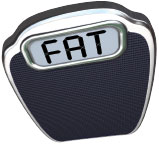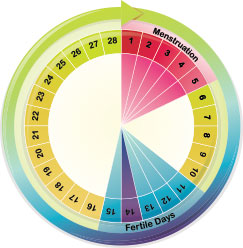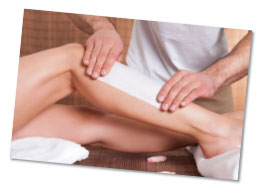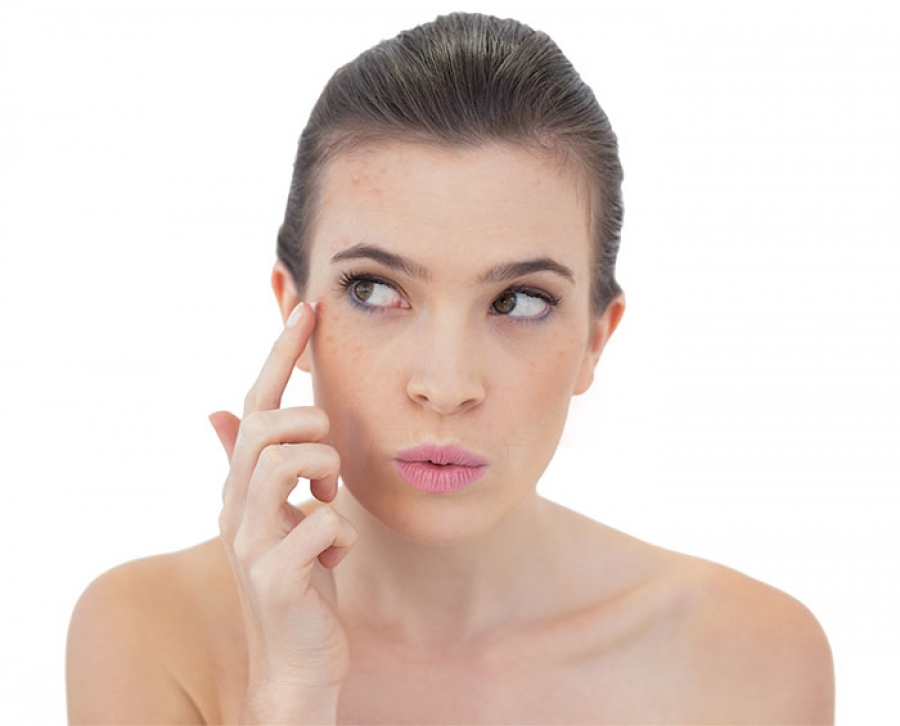
 1. The endocrine system is a collection of glands that secrete hormones directly into the circulatory system that are carried to a targeted organ. In Polycystic Ovary Syndrome, the androstenedione gland secretes excess hormones causing various symptoms in women.
1. The endocrine system is a collection of glands that secrete hormones directly into the circulatory system that are carried to a targeted organ. In Polycystic Ovary Syndrome, the androstenedione gland secretes excess hormones causing various symptoms in women.
2. Some of the symptoms for Polycystic Ovary Syndrome are weight gain, hirsutism, acne, and irregular menstrual cycles. See an OB/GYN if these symptoms exist. The OB/GYN will be able to perform tests that will give a more accurate diagnosis.
3. Weight gain is due to an insulin resistance the body undergoes because the physiological properties are not effectively able to respond to the normal production of the hormone insulin. When your body becomes nonresponsive to insulin, it usually creates obesity, type 2 diabetes, and high cholesterol levels. 4. Having a hormonal imbalance will cause excess hair growth and acne. Just a small amount of hormonal imbalance will cause these two nuances to the body.
4. Having a hormonal imbalance will cause excess hair growth and acne. Just a small amount of hormonal imbalance will cause these two nuances to the body.
5. Irregular menstrual cycles are due to ovulation not occurring. There may be intermittent cycles where there may be spotting in between periods or sometimes no periods at all.
6. Eating a diet similar to that of a type 2 diabetes diet will help maintain more responsive insulin in the body.
7. Exercising is important with Polycystic Ovary Syndrome. Regular cardio and weight resistance will help keep additional weight off, as well as to release healthy endorphins. 8. Excess hair growth can be treated by different kinds of hair removal processes such as: shaving, waxing, threading, sugaring, and/or laser hair removal.
8. Excess hair growth can be treated by different kinds of hair removal processes such as: shaving, waxing, threading, sugaring, and/or laser hair removal.
9. Taking an oral contraceptive will help balance hormonal levels in the body. Being able to balance the hormonal levels will help with having a regular menstrual cycle.
10. Acne can be treated by using topical products on the skin that have active ingredients specifically formulated to target acneic skin.
Women in the reproductive age of 12 to 45 years old may have Polycystic Ovary Syndrome. According to Wikipedia, only five to 10 percent of women produce symptoms of Polycystic Ovary Syndrome. The cause of Polycystic Ovary Syndrome is uncertain, but there has been some evidence that it could be a genetic disease. Being diagnosed with symptoms of Polycystic Ovary Syndrome helps alleviate questions about what the body is experiencing. Knowing that it is related to the endocrine system should make it easy to address key concerns about how a woman diagnosed with symptoms of Polycystic Ovary Syndrome can manage those symptoms.

Amra Lear is a licensed massage therapist and aesthetician. She has been working in the spa industry for 16 years, working for two of the most prestigious spas in the world. Her clientele consists of the stars, moguls and people alike. She has been trained by Japanese shiatsu masters and the founders who pioneered such wonderful modalities such as ashiatsu, mother massage and lulur. Skin is her ultimate passion to where she has been dedicating the last six years to research and education of biochemistry to better understand the biochemical response to products used on the skin.
